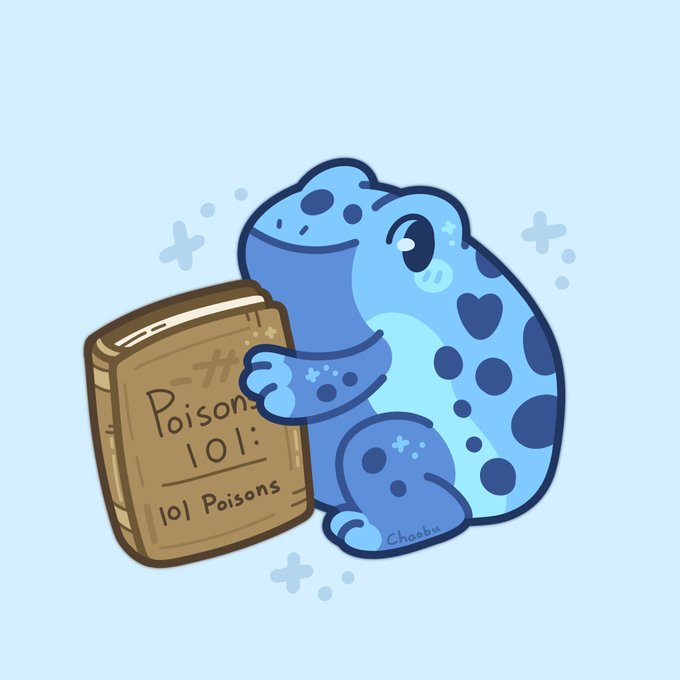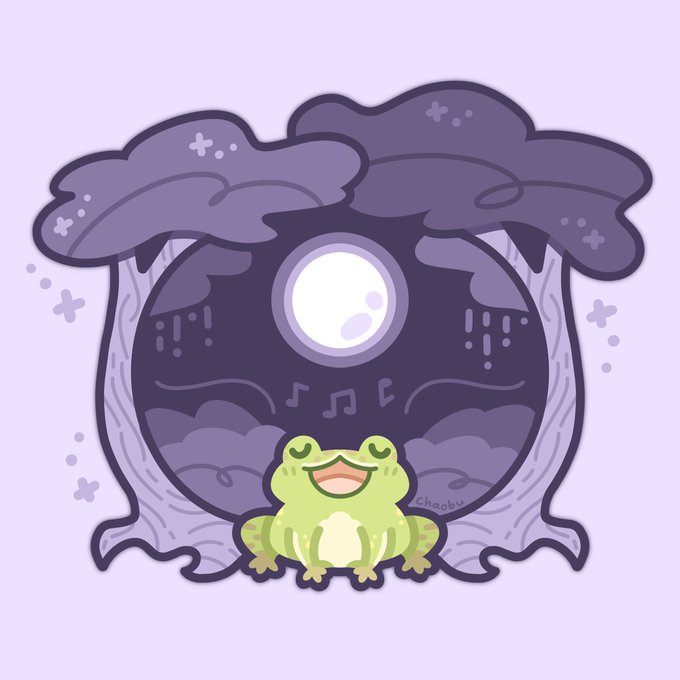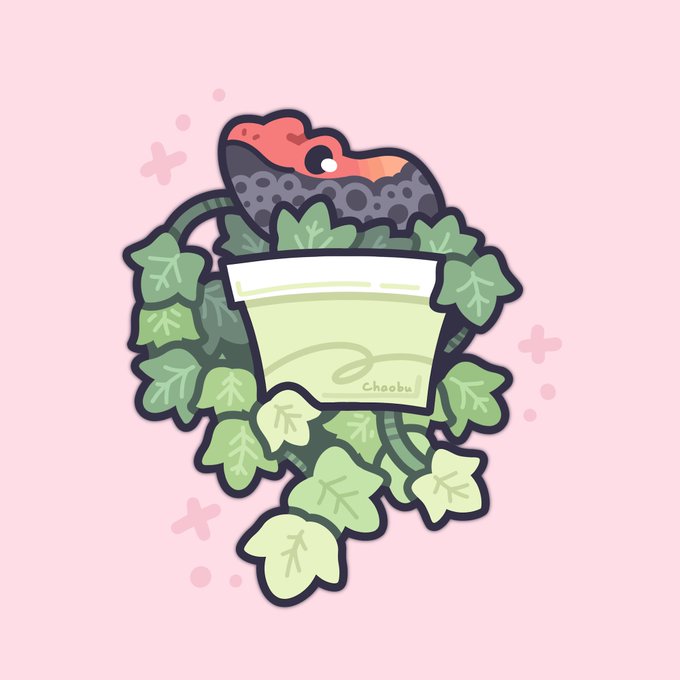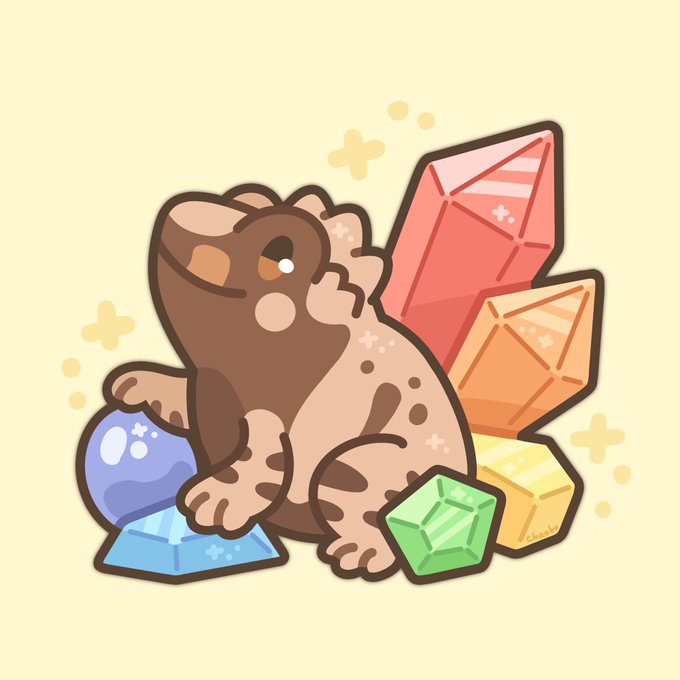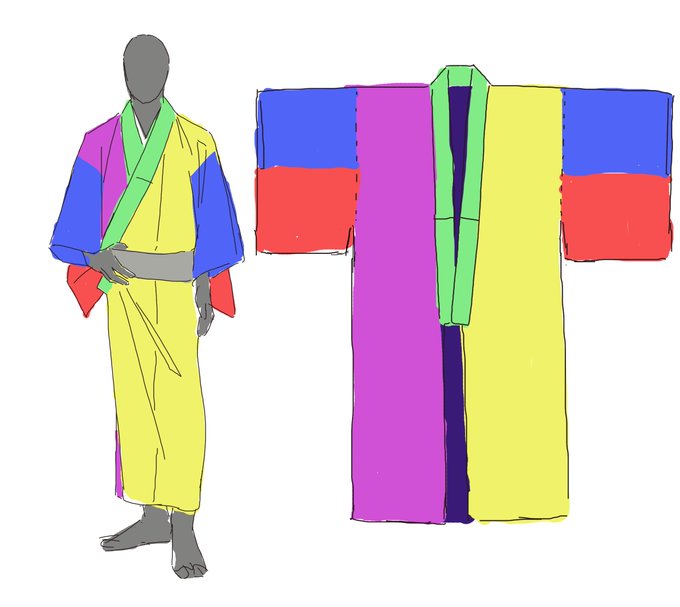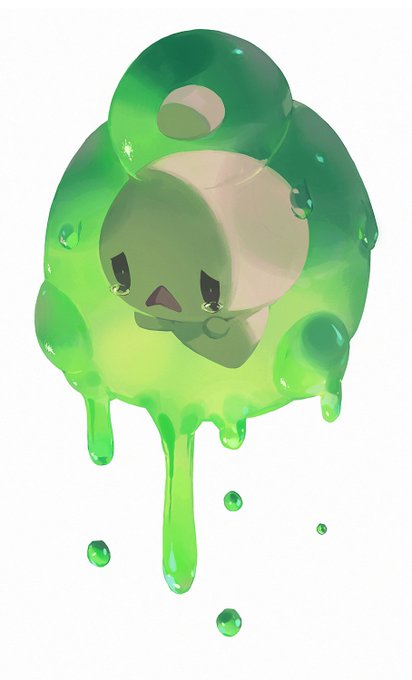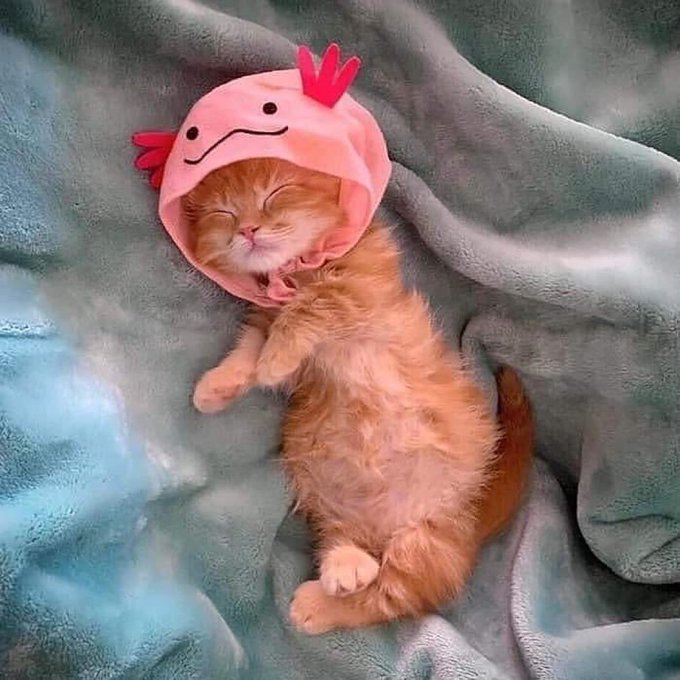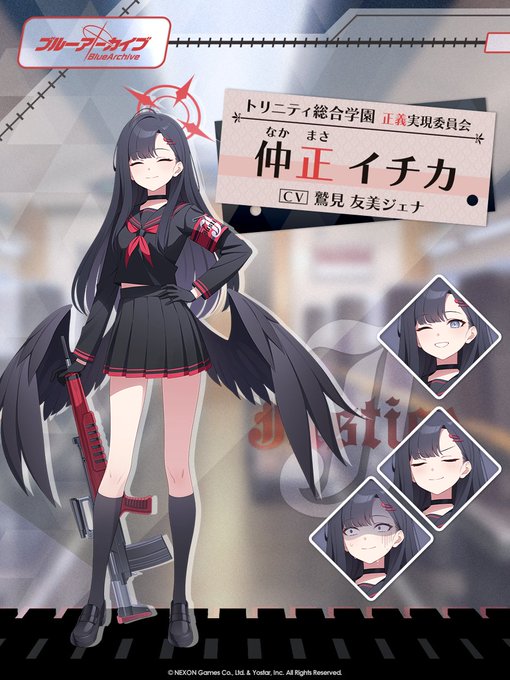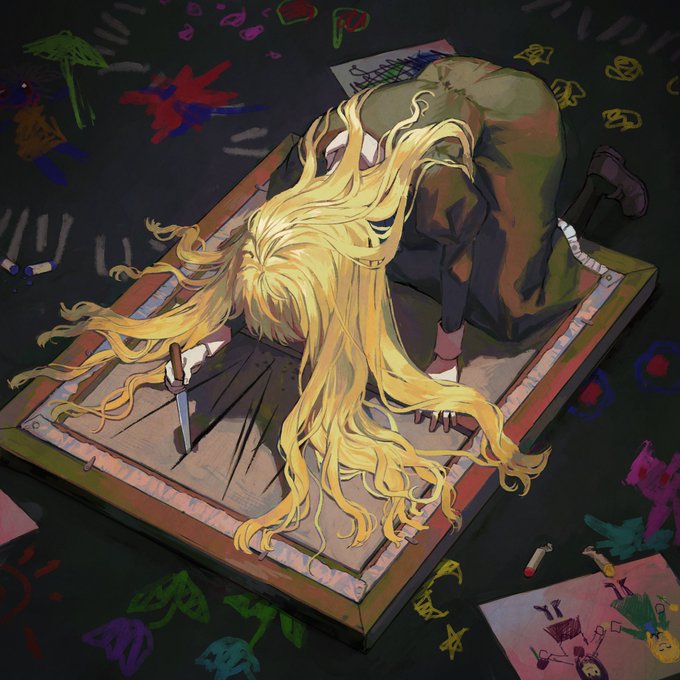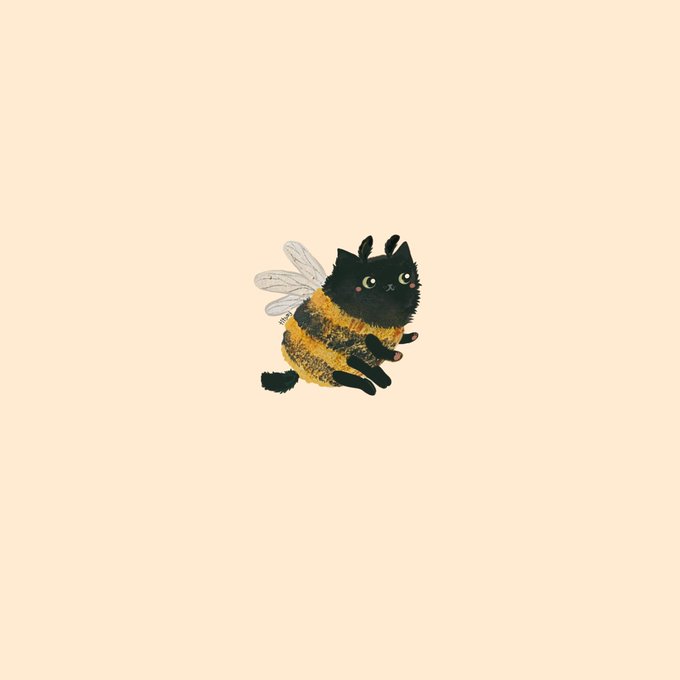Source
Day 20 of #froggyfall - Wand / Australian green tree frog (Ranoidea caerulea)These frogs' skin secretions help fend off mold and bacteria. Despite being green, they were originally known as the "blue frog" due to improper preservation of research specimens.

Other popular illustrations

Day 2 of #froggyfall - Old book / Blue poison dart frog (Dendrobates tinctorius "azureus")These frogs are found only in the rainforests of Suriname and northern Brazil. The black spots on their bodies are unique to each individual, so no two frogs have the exact same pattern!

Day 3 of #froggyfall - Herb garden / Common parsley frog (Pelodytes punctatus)This frog can be found from Spain to Northern France. Common parsley frog tadpoles can reach up to 6.5 cm in length, which is longer than they normally are as adults (3.5 - 4.5 cm)!

Day 5 of #froggyfall - Cozy treat / Wood frog (Lithobates sylvaticus)The wood frog can survive being frozen thanks to its remarkable ability to increase the concentration of glucose in its cells, preventing the formation of ice crystals that would normally pop them.

Day 6 of #froggyfall - Fortune / Reticulated glass frog (Hyalinobatrachium valerioi)Glass frogs are known for their translucent skin. There are around 160 species of glass frogs. Unlike other glass frogs, male reticulated glass frogs watch over their eggs for 24 hours a day.

Day 9 of #froggyfall - Spooky forest / Barking tree frog (Dryophytes gratiosus)The largest frog native to the United States, the barking tree frog is known for its loud and explosive call. It has been known to chorus with other similar species of frogs.

Day 10 of #froggyfall - Hanging ivy / Red-backed poison frog (Ranitomeya reticulata)The red-backed poison frog is found in the Amazon rainforest and is the second-most poisonous frog in the genus Ranitomeya. Despite being less than 2 cm long, it can do serious damage to humans!

Day 12 of #froggyfall - Stones + gems / Coronated tree frog (Triprion spinosus)These arboreal frogs spend most of their time in bromeliads and other plants, and their "boop-boop-boop" call can be heard from up to 300 feet away. As tadpoles, they eat unfertilized frog eggs.

Day 14 of #froggyfall - Night sky / Desert rain frog (Breviceps macrops)This humble frog was catapulted to internet stardom for its squeaky croak. Unlike most frogs, the desert rain frog develops directly from egg to adult without first passing through a middle tadpole stage.

Day 15 of #froggyfall - Harvest / Madagascar tomato frog (Dyscophus antongilii)When threatened, these frogs will puff up their bodies to look more threatening. Male tomato frogs tend to be yellow-orange, while female tomato frogs tend to be bright red-orange.

Day 17 of #froggyfall - Witch's home / Cranwell's horned frog (Ceratophrys cranwelli)These voracious, large-mouthed frogs are capable of devouring prey half as large as they are. They also sleep with their eyelids open.

Day 18 of #froggyfall - Frog's familiar / Dotted humming frog (Chiasmocleis ventrimaculata)This frog has a mutualistic relationship with tarantulas in its native habitat. The tarantula protects the frog from predators, and the frog eats ants that threaten the tarantula's eggs.

Day 19 of #froggyfall - Poison / Mimic poison frog (Ranitomeya imitator)While only mildly poisonous, mimic poison frogs use their coloration mimic other, more poisonous frogs in order help to keep predators away.
